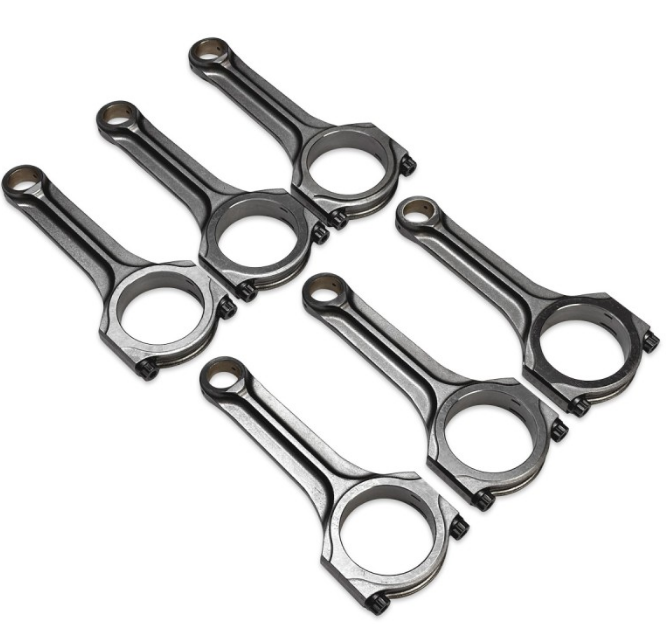Correctly torquing connecting rod bolts is a crucial step when assembling an engine, ensuring the bolts can handle the extreme forces of combustion. This detailed guide will help you master the science of torquing connecting rod bolts, using precision to enhance engine performance and longevity.
Understanding the Importance of Torque
In an engine, connecting rod bolts bear tremendous forces as they hold the connecting rod and its cap together around the crankshaft. To withstand these forces, these bolts must be properly torqued. Incorrect torque can lead to bolt failure, potentially causing significant engine damage. Torque isn’t just about tightness—it’s about achieving the correct clamping force between the connecting rod and its cap.
Recognizing the Importance of Torque Specifications
Torque specifications for connecting rod bolts aren’t arbitrary numbers—they’re carefully calculated based on the bolt material, size, and the forces it needs to withstand. Always follow the manufacturer’s torque specifications for your specific engine model. Over-torquing can stretch and weaken the bolt, while under-torquing can lead to insufficient clamping force and subsequent loosening.
Tools for Torquing Connecting Rod Bolts
To torque connecting rod bolts, you need a calibrated torque wrench capable of providing a precise, readable measure of the torque applied. Other helpful tools include a rod bolt stretch gauge and a lubricant (usually specified by the engine manufacturer) to ensure accurate torque readings.

How to Torque Connecting Rod Bolts
The process of torquing connecting rod bolts usually includes these steps:
- Lubrication: Apply the specified lubricant to the threads and under the head of each bolt.
- Initial Tightening: Use a torque wrench to tighten each bolt to approximately 50% of the specified torque value.
- Final Torquing: Increase the torque on your wrench to the full specified value and tighten each bolt again.
- Verification: Use a rod bolt stretch gauge to ensure each bolt is correctly stretched, indicating proper clamping force.
Considerations When Torquing Connecting Rod Bolts
Torque readings can be affected by several factors, including bolt and engine temperature, bolt cleanliness, and lubrication type. Always ensure your bolts and engine parts are clean and at room temperature, and always use the correct lubricant.
The Precision of Torquing: A Key to Engine Longevity
Learning how to torque connecting rod bolts is a vital skill for anyone working with engines. By understanding the principles of torque and the process of correctly torquing these critical bolts, you can ensure your engine performs at its best, promoting greater reliability and longevity.